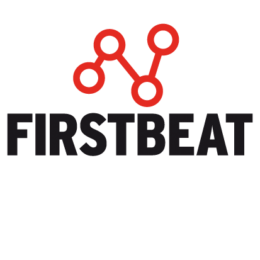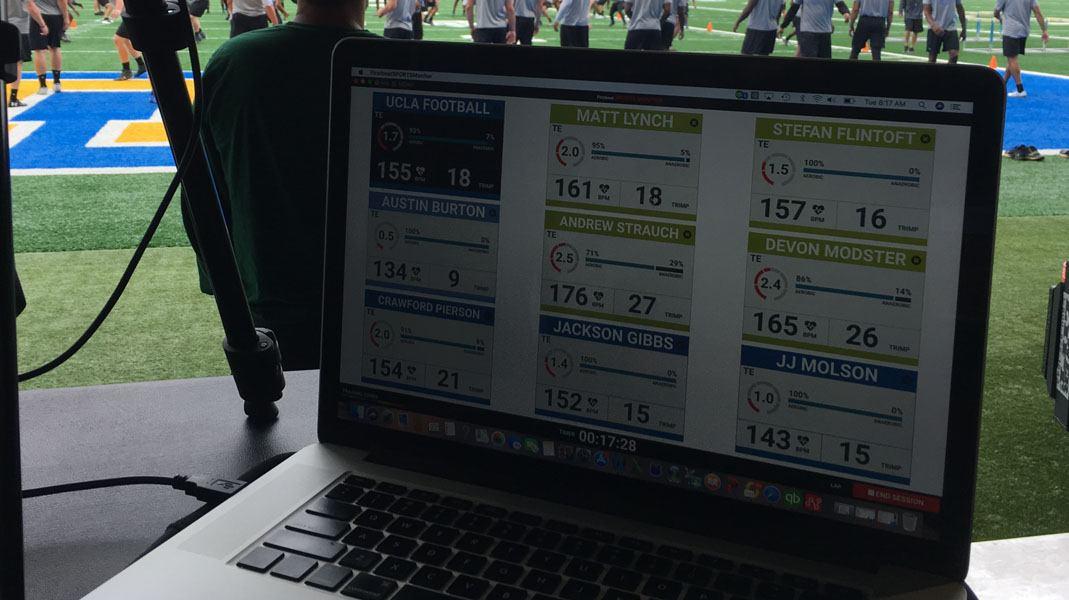
In this series, we’ll be introducing you to some of the coaches and staff taking advantage of the Firstbeat Sports solution to monitor training and recovery. We’ll get their personal view and experiences of how they use Firstbeat in their sport.
Name: Frank Wintrich
Nationality: American
Sport: American Football
Role: Director of Football Performance
Team: UCLA
Firstbeat Sports technology used: Firstbeat Sports Premium+
How many players are involved in the UCLA football program?
We have 110 players once the season begins.
What does a typical training week look like for the team?
A rough outline of our training week would look something like…
Monday – Speed Dynamics: Jumps, Throws, Sprints / Lift: Lower Body, posterior chain, ancillary
Tuesday –Change of Direction / Lift: Upper Body, ancillary
Wednesday – Regen / Ancillary lifts
Thursday – Speed Dynamics: Jumps, Throws, Sprints / Lift: Lower Body, posterior chain, ancillary
Friday – Change of Direction / Tempo Runs / Lift: Upper Body, ancillary
Which Firstbeat metrics do you use most regularly?
The Quick Recovery Test score (based on Heart Rate Variability analysis) is the first metric we evaluate, then we utilize the real-time tracking along with the player load to assess the players’ internal load vs what we are seeing in our GPS data in relation to their external load.
What are you specifically looking for when conducting the Firstbeat Quick Recovery Test (QRT) or during real-time Training Load monitoring?
We want to see that the players are showing stress on the days we are stressing them (high threshold motor unit training) and recovering when we are allowing the central nervous system time to recover. We don’t become alarmed if a player has a few low recovery scores, but our intent is to cross check what we are seeing in their QRT with what they are self-reporting to start a conversation if we see anything abnormal or alarming. For instance, if a player has a chronically low QRT score (for 5 days or more) coinciding with poor self-reported readiness, sleep or stress, we will sit down and visit with that player to see what is going on and try to get ahead of it as quickly as possible.
Regarding Training Load, we want to see that their Acute vs Chronic Workload Ratio (ACWR) is between 90%-110%. Anything below or above that we run the risk of detraining or overtraining.

Acute Chronic Workload Ratio examples as shown on the Firstbeat Sports dashboard. Player 3 has a high acute load, but low chronic load so is at an increased risk of injury, whilst Player 1 is in the training ‘sweet spot’ with an ACWR of 1.2.
What are the main benefits of using Firstbeat?
Firstbeat gives us a tangible metric with which to have meaningful conversations with our players about their recovery habits. I never want to have a system where the outcomes of our evaluation are punitive. The players can’t feel like rats in a lab experiment. They need to feel like we are always working to have their best interest at heart and are acting as such.
The same goes for real-time tracking their training. Being able to see how our athletes are recovering between intense bouts of activity during training can help us prescribe supplemental work for them accordingly, or if need be, shut a guy down if he is “running hot” so to speak and not recovering properly during the session. First and foremost, Firstbeat for us is about player well–being and safety.
How do UCLA use some of the Firstbeat features on a day-to-day basis?
QRT –Each morning when our players report to the facility, they participate in a three-part evaluation. First, they weigh-in and fill out a readiness questionnaire that gives us insight into how ready they feel for the day, how they are sleeping, what their soreness is like, and what their stress levels are like. The final part is they will lay down and perform the QRT. While they are eating breakfast, getting treatment and preparing for the session we compare Firstbeat’s HRV-based data with what they are self-reporting and what their external load looks like from a GPS standpoint.
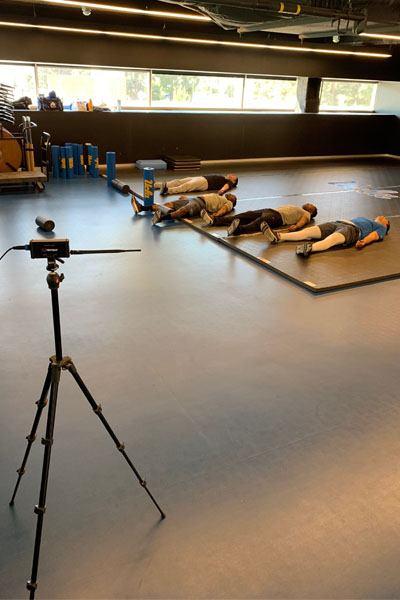
Our goal is to have three layers of defense with our technology and self-reporting so that we are not just relying on one piece of technology. It’s also important to us that our players have a say in what we are looking at. If their numbers look good, but a player feels terrible, there may be something else going on, but at least we will know and be able to start a conversation with him about it.
Training Load monitoring during pre-season
Every morning before training we will do a daily briefing with the players providing feedback from the previous session, demonstrate via video teaching any new techniques or corrections to existing techniques, and give our nutrition coach an opportunity to share information with our players about proper fueling.
During this time, we will distribute the players’ GPS units along with their Firstbeat heart rate belts to put on in preparation for training. We have a staff member monitoring the real-time feed on the dashboard for any recovery issues during training. After the session we will look over the data and compare the internal load information we are getting from Firstbeat to what we are seeing with the GPS. It’s helpful to know what work we are doing and seeing how that work is affecting their bodies, how they are recovering from it, and then how they respond the next day, day in, day out, over time.
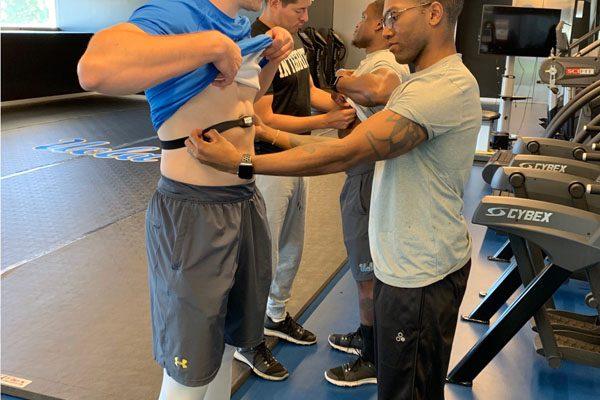
What is the buy–in like from players and the coaching staff?
The buy–in from our players has been very good. Education is vital in this regard. What we stress to the players and teach them will be important to them. The same can be said with the coaches. We’re among the first in collegiate American football utilizing this technology, so it’s not something they’ve dealt with before. Fortunately, Coach (Chip) Kelly had some exposure to this in the NFL and is open-minded and forward thinking regarding the utilization of technology to enhance performance. When the head guy is pushing it, it becomes more important to the rest of the staff.
How do you feed back results to coaches and athletes?
The coaches get a daily report that encompasses all our player monitoring initiatives. So, they stay very well informed of the specifics. With the players, we pull a few of the metrics that we feel will resonate with them and drip that to them throughout the week. Finding the right balance is important because if you inundate them with too much information they will lose interest. Utilizing graphics and rankings helps us limit how much they see and keeps them curious without blowing them out with too much where they don’t feel like they can grasp what is being shared.
Has using Firstbeat opened communication with players and/or coaches?
In my mind that is the purpose of using Firstbeat. In the past, we would go off coaching intuition, watch the player walk in and make a judgement based on what you are seeing or feeling from that player. A lot of times it’s hard to get a kid to open up with such subjective feedback. With Firstbeat, we have actual data that can validate some of that intuition and create an opportunity to get a player to open up and talk about what is going on.
If you liked this article, you should subscribe to our mailing list.
Give your team the Firstbeat Sports competitive advantage.
Contact us for more information or get a quote.
You might also be interested in
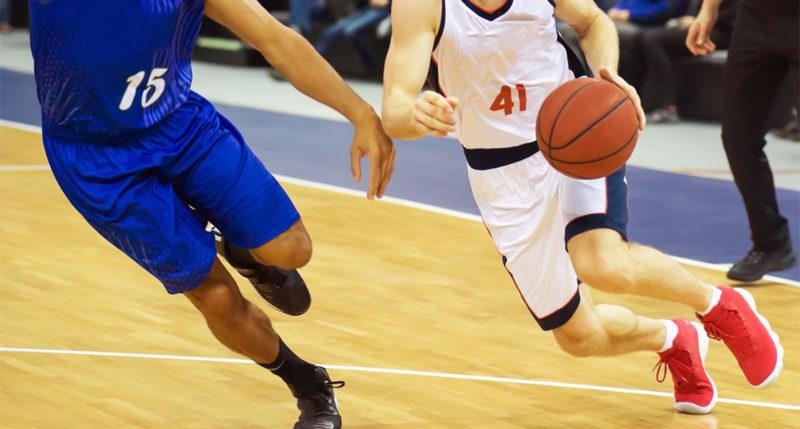
University at Buffalo: Firstbeat Sports Analytics in Division I NCAA Basketball
The Buffalo Bulls Director of Sports Performance reveals how the reigning MAC champions use Firstbeat Sports.
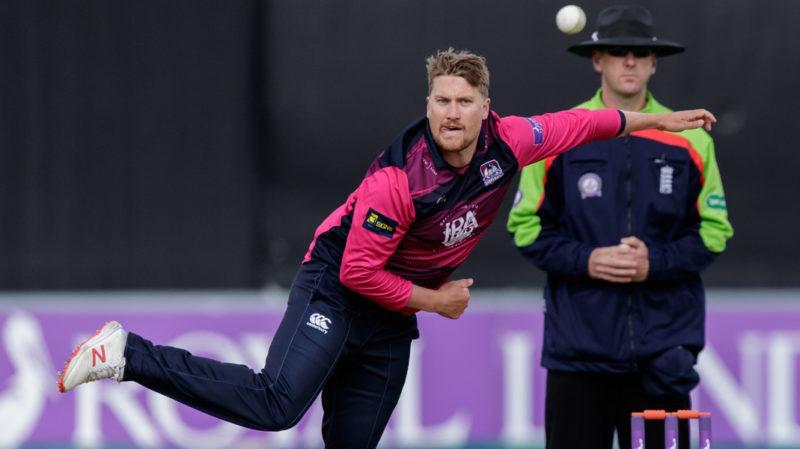
Using Firstbeat to Assess Recovery During Tournament Competition
Northamptonshire County Cricket Club utilized Firstbeat Sports to ensure good recovery during the 2018 Royal London One-Day Cup.

Lap Management Tool: Empowering Learning From Physiological Analytics
Isolate and analyze specific session or game moments using Firstbeat Sports’ Lap Management tool.
